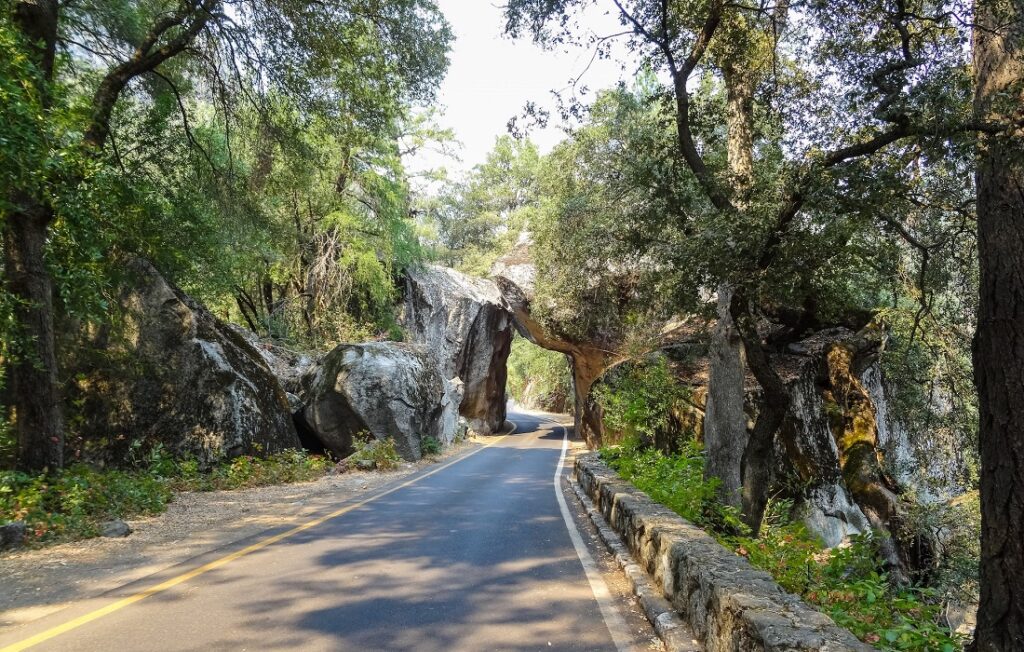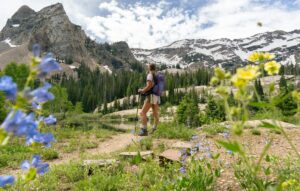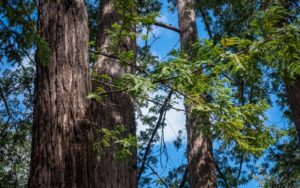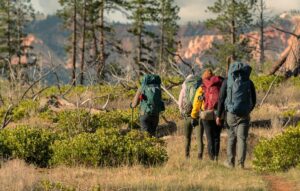Yellowstone National Park was officially designated as a United States National Park in 1872, becoming the first of the U.S.’ now 424 national park sites and the first of its kind in the world. Stretching across more than 2.2 million acres of land (3,472 square miles), Yellowstone is a wild, colorful, and breathtaking combination of mountains and volcanic plateaus, of geysers and glacier-formed valleys. Home to an eclectic assortment of wildlife, including keystone and endangered species, Yellowstone is a spectacular example of the critical role these parks play in both environmental conservation and public access and enjoyment.
In 1879, the United States Geological Survey began surveying and mapping lands throughout the continental U.S. and its territories as potential future national park sites, establishing a bureau within the Department of the Interior. However, it wasn’t until 1916 that President Woodrow Wilson signed an act creating the National Park Service as a federal entity.
Today, there are national park sites in every U.S. state and territory, covering more than 84 million acres and including 4 million acres of campgrounds and battlefields, 20,000 miles of trails and utility paths, and 50 million square feet of constructed public spaces, such as visitor centers. 330 million people visit U.S. national parks every year.
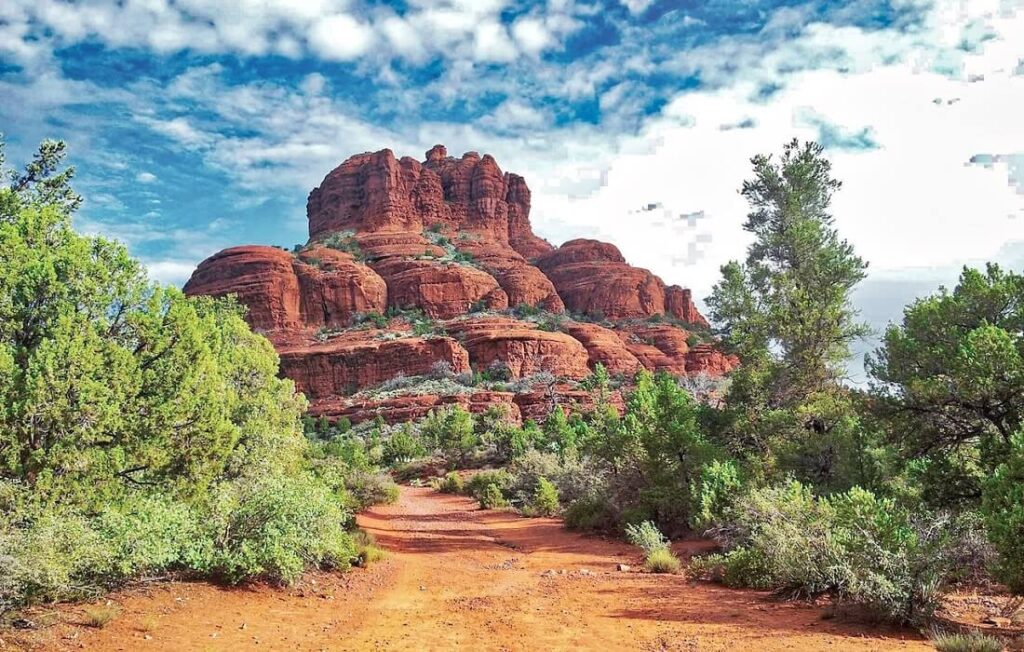
Economic Benefits
Initially created to preserve unique natural and cultural landscapes and wildlife, parks have also become a staple of U.S. tourism and are universally beloved for their beauty and contributions to conservation and outdoor recreation.
Since the creation of the National Parks System, local economies have benefited from the influx of tourists and park visitors eager to catch a glimpse of some of the U.S.’ most fascinating natural wonders. During the Great Depression of the 1930s, President Franklin Delano Roosevelt even used the National Parks System to put people to work. For every $1 invested into the parks, $10 was ultimately put back into the U.S. economy.
Today, tourism to the parks brings in upwards of $20 billion annually. For many smaller communities in close proximity to the parks, tourism is a main sector of the local economy. But, with more people also comes a greater environmental impact.
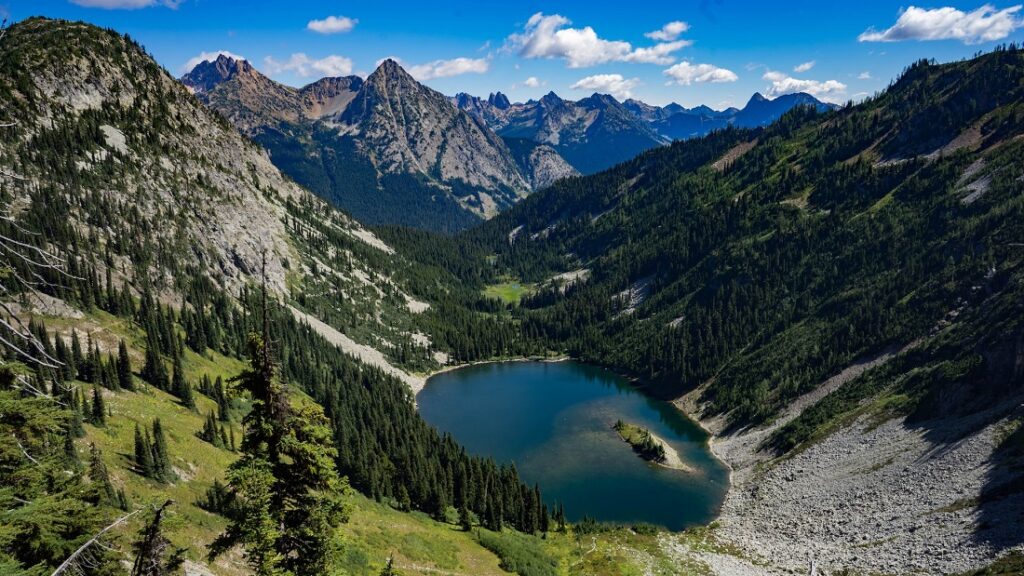
Environmental Consequences
National parks benefit the environment by supporting a wide assortment of critical needs such as biodiversity, healthy ecosystems and key habitats, preserving endangered species, acting as a source of clean water (and as a producer of clean energy), and helping to reduce the impacts of natural disasters due to an increase of overall land stability and resources. In all these ways and more, our national parks are absolutely critical to the wellness of America’s natural spaces.
So, it should come as no surprise that people enjoy going to these spaces for the improvement of their physical and mental well-being. However, more visitors mean more cars, more waste, more air pollution, more traffic, more…everything. Tourism, regardless of how well organized or well intentioned, is a resource-demanding industry. This is especially true for the small communities whose residents must carry the burden of a dramatically increased population for at least part of the year.
And then there’s the problem of infrastructure. Since the early 1960s, national park visitor counts have annually been in the hundreds of millions. Unfortunately, the original infrastructures of these parks were never designed to support this level of consistent traffic. Waste management, road maintenance, and even disruptions to local watersheds because of increased demand for drinking water have all become issues as a result.
So, what’s being done about it?
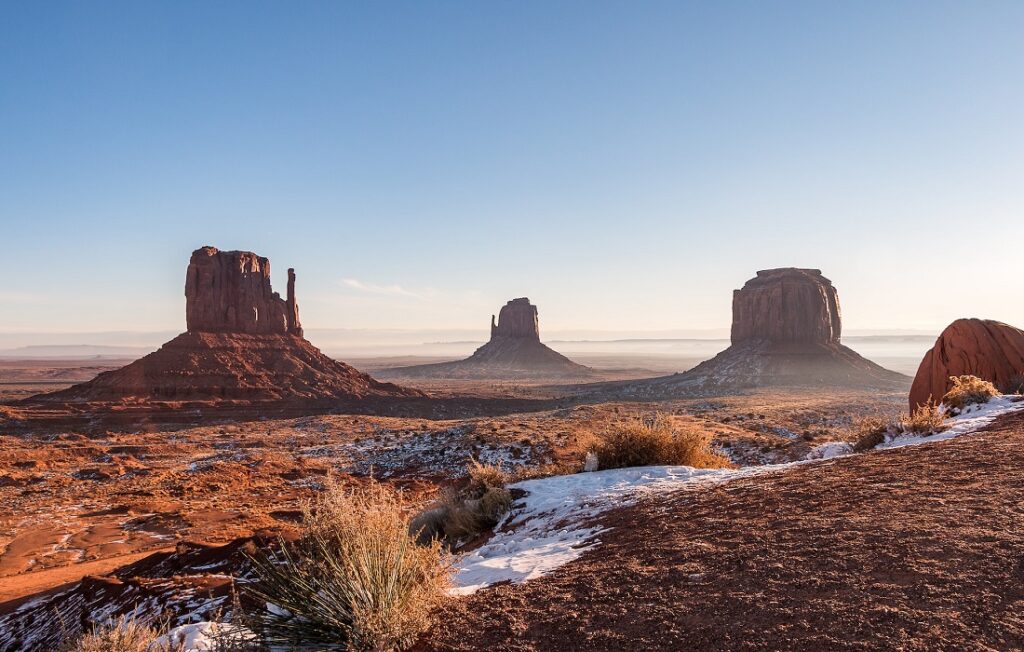
The Future of Parks and Sustainability
National parks across the country are taking a step forward with the Green Parks Plan. In order to continue to protect these critical cultural and environmental spaces AND reduce the carbon footprint of the parks and their visitors, a strategy has been put in place to help national parks achieve net-zero goals.
How?
Through the reduction of greenhouse gas emissions, water and energy conservation, the reduction of solid waste, the transition of transportation, and the phasing out of single-use plastics among other solutions. The parks will be doing this work with support from other entities, such as the National Parks Foundation.
This is only the first step, but it’s a positive one. If we want these critical lands to be around for generations to come, we must first take action to protect the resources they provide. But as we continue to progress and make positive changes for our national parks, there is another injustice we must address in the process.
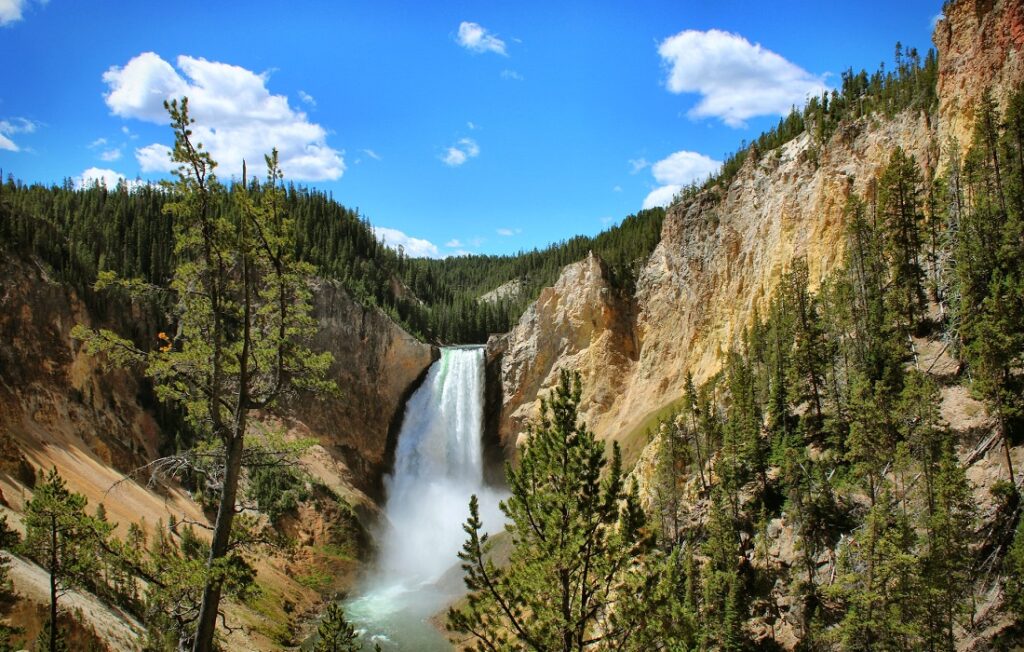
Theft of Indigenous Lands
“All national parks exist on traditional Indigenous lands, and in many cases, thousands of years’ worth of Native American history has been documented at national park sites. Indigenous people were forcibly removed from their homelands, yet strong connects still exist between Tribal communities and the lands that have sustained them since time immemorial.”
National Parks Conservation Association
It is absolutely critical that we recognize America and the lands that have become our national parks once belonged to—and, in many cases, were stolen from—the many Indigenous peoples who came first. And while many national parks were initiated with land and resource conservation in mind, much of this “conservation” was done at the expense of Indigenous tribes and tribal landowners.
“…in truth,” says a 2021 article from The Atlantic, “the North American continent has not been wilderness for at least 15,000 years: many of the landscapes that became national parks had been shaped by Native peoples for millennia.”
Remember when we mentioned that Yellowstone was the first national park created in the U.S.? Well, what we didn’t mention before was that, when President Grant signed the Yellowstone Act of 1872, he made the land “reserved and withdrawn from settlement, occupancy, or sale,” and this included the Shoshone, Bannock, and other Indigenous peoples who had lived there for centuries. With the signing of a single document, these communities—without ever having been considered or consulted—became trespassers on their own lands, denied even hunting rights (which were promised to them in an early treaty from 1868).
There is an undeniable link between the history of U.S. national parks and the theft of Indigenous lands, and we must acknowledge this and work to make reparations, coming together to form a future of conservancy, respect, and inclusion that we can be proud of. The National Park Service took an important step forward in September 2022 when it released new guidance on the co-stewardship of national park lands, strengthening the roles of Indigenous groups in the management of these lands and facilitating relationships between park managers and tribes.
Our national parks have played a critical role in America’s history, tourism, and conservation initiatives, and while we still have a long way to go to protect these natural resources and the true cultural heritages of these lands, we are moving forward together.
